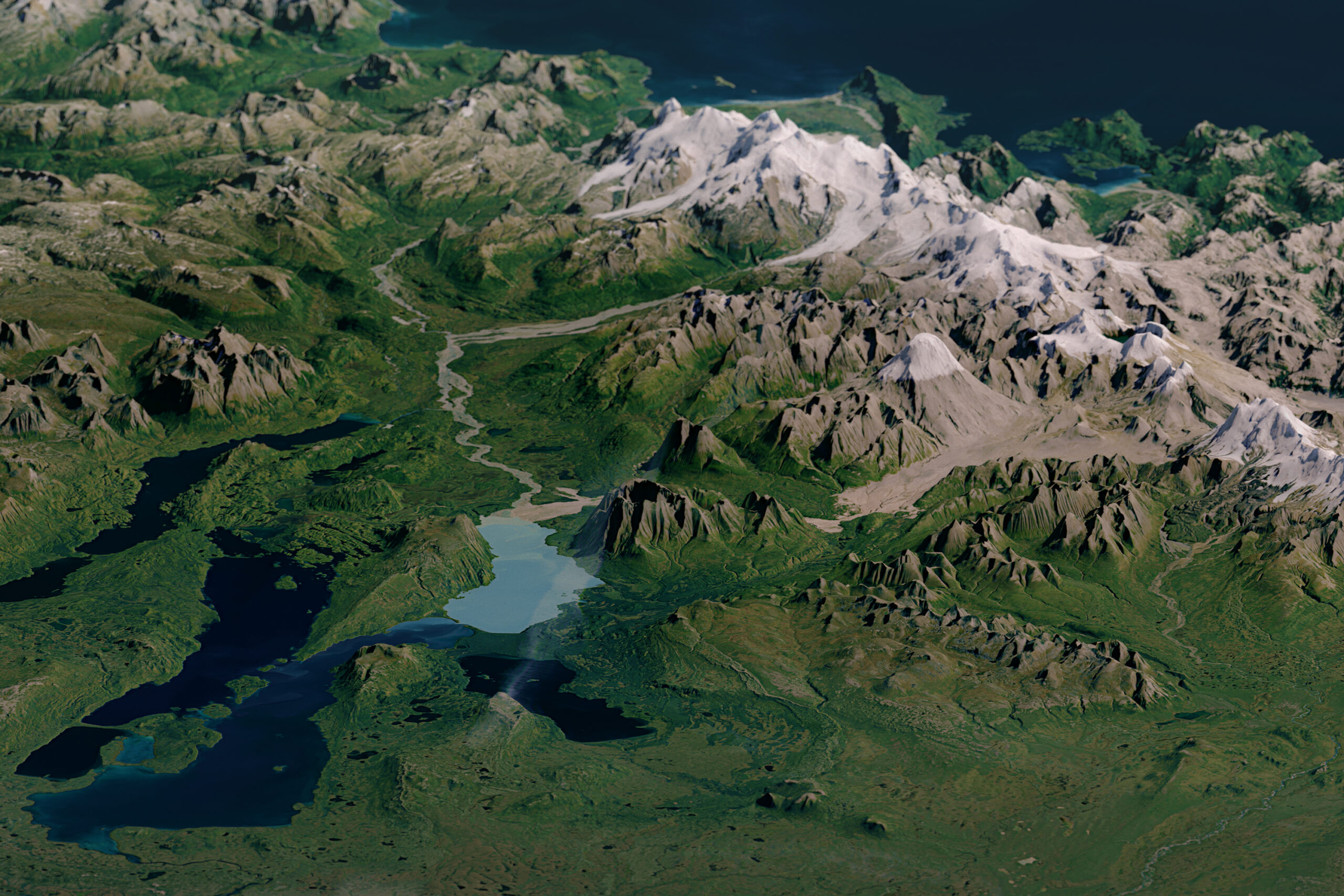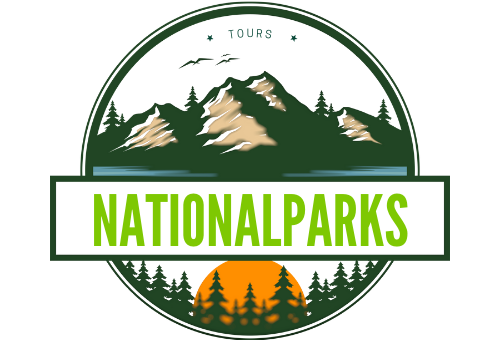Katmai National Park, located in Alaska, is home to a diverse array of native plant species that play a crucial role in supporting the local wildlife. The park’s flora is characterized by a variety of wildflowers, trees, and other plant species that have adapted to the region’s unique climate and geography.
What are the Iconic Wildflowers Found in Katmai National Park?

Fireweed (Epilobium angustifolium) is one of the most iconic and widespread wildflowers in Katmai National Park. It is known for its vibrant magenta-colored flowers that bloom in late summer, creating a stunning display of color across the park’s meadows and valleys. Fireweed is a pioneer species, often growing in areas recently disturbed by volcanic activity or other natural events. It is a vital source of nectar for pollinators and provides habitat for various insects and small mammals.
Other common wildflowers found in Katmai National Park include:
| Wildflower | Description |
|---|---|
| Cow Parsnip (Heracleum lanatum) | A tall, perennial herb with large, umbrella-like leaves and clusters of small white flowers. Its peeled stems can be eaten raw or cooked with fish, but the leaves can cause skin irritation. |
| Bluebell (Campanula uniflora) | A delicate, bell-shaped flower that grows in moist areas. It is a popular sight in the park’s meadows during the spring and early summer. |
| Wild Iris (Iris setosa) | A perennial iris species with showy, purple flowers that bloom in the spring. It is often found in wet meadows and along streams. |
| Chocolate Lily (Fritillaria camschatcensis) | A perennial lily with nodding, bell-shaped flowers that are brownish-purple in color. It grows in moist areas and is a favorite food source for bears. |
How do the Native Plants of Katmai National Park Support the Local Ecosystem?

The native plants of Katmai National Park play a vital role in supporting the local wildlife. They provide food, shelter, and habitat for a wide range of species, from bears and moose to birds and insects. The park’s flora also helps to maintain the balance of the ecosystem by stabilizing soil, regulating water cycles, and moderating the climate.
How do the Growth Patterns and Seasonal Blooming of Katmai’s Plants Adapt to the Subarctic Climate?
The growth patterns and seasonal blooming periods of Katmai’s wildflowers are influenced by the park’s subarctic climate. The short growing season, which typically lasts from May to September, means that plants must adapt quickly to the changing conditions. Many wildflowers bloom in the spring and early summer, taking advantage of the brief period of warm weather and abundant sunlight. Fireweed, for example, blooms in late summer, producing a vibrant display of color that attracts pollinators and other wildlife.
How do the Native Plants of Katmai National Park Interact with the Local Fauna?
The native plants of Katmai National Park have evolved to interact with the local fauna in complex and mutually beneficial ways. For example:
- Pollination: Wildflowers like Fireweed and Bluebell rely on pollinators like bees and butterflies to reproduce. In return, these pollinators receive nectar and other rewards for their services.
- Food Sources: Plants like Cow Parsnip and Chocolate Lily provide food for bears, moose, and other herbivores. These animals, in turn, help to disperse seeds and maintain the diversity of the park’s flora.
- Habitat: The park’s vegetation provides shelter and habitat for a wide range of species, from small mammals and birds to insects and microorganisms.
References:
-
Katmai Wilderness Lodge. (n.d.). Flora of Alaska – Katmai Wilderness Lodge. Retrieved from https://katmai-wilderness.com/adventures/flora/
-
National Park Service. (2022). Plants – Katmai National Park & Preserve. Retrieved from https://www.nps.gov/katm/learn/nature/plants.htm
-
iNaturalist. (n.d.). Katmai National Park, US, AK – iNaturalist. Retrieved from https://www.inaturalist.org/places/katmai-national-park.
